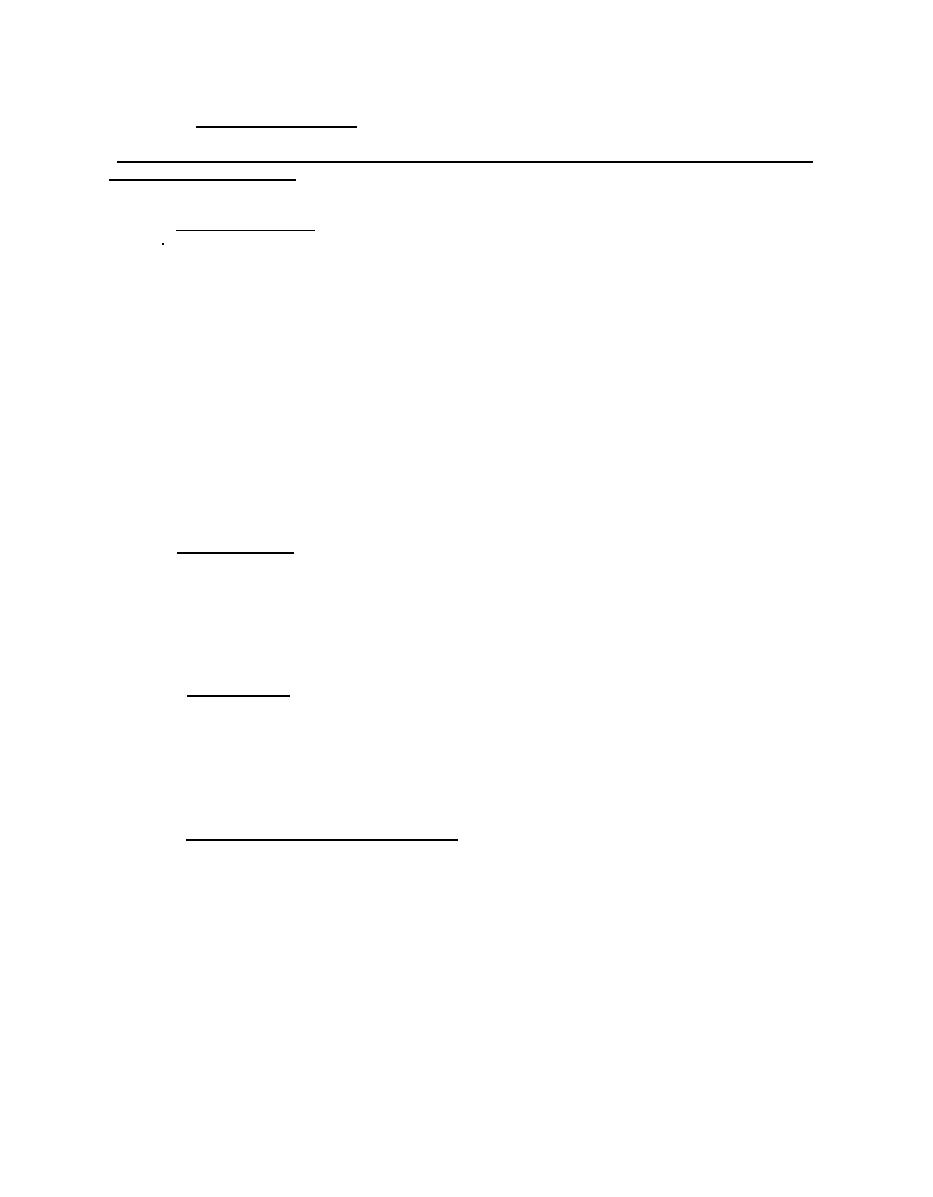

Custom Search
|
|

|
||
 MIL-HDBK-1027/3B
PROJECTILE RANGES
Section 6:
6.1
Related Criteria. The designer of projectile ranges and ranges
outlined in Sections 7 and 8 must apply the requirements contained in MCO
P3570.1A. Policies and Procedures for Firing Ammunition for Training, Target
Practice and Combat. MCO P3570.1A includes ballistic data affecting surface
danger zones.
6.2
Design Factors. Areas within the total surface danger zones
applicable to ranges for field artillery cannon, tank cannon, antiaircraft
cannon firing at aerial targets, air defense weapons firing at aerial and
ground targets, mortars, rocket launchers, recoilless rifles, field artillery
trainers, and cannon launched guided projectiles are described in the text.
See Figure 9 for a composite diagram of various ranges which shows the firing
line, impact areas, and target area that must be considered in laying out a
range or a complex of ranges. The designer must refer to MCO P357O.1A for
specific range dimensions. Area A is the lateral danger area. Area B is the
downrange danger area. A and B are named secondary danger areas for direct
fire mode. Area C is the danger area adjacent to the near edge of the impact
area. Area C may be named a secondary danger area for indirect fire mode.
Area D is the danger area located between danger Areas C and E. Area E is the
danger area located immediately in front of the firing positions. Distance X
will be equal to the maximum range of the weapon at the elevation to be fired
and for the charge used. Paras. 6.2.1 through 6.2.4 contain descriptions of
the areas in Figure 9.
6.2.1
Target Area. Width of target angle and target area depend8 on
number of stationary target8 or traversing distance of roving targets. The
far edge limit of the target area is net by maximum range of weapon or maximum
range of weapon at maximum allowed quandrant elevation. The near edge limit
of the target area is set by minimum range of weapon. Provide Z-marked
stationary target8 within target area of known distances from firing line to
use as zeroing targets.
6.2.2
Impact Area. Impact area includes the target area of required
target angle and depth expanded in width and depth In terms of Probable Error
(PE) of weapon (see Figure 9), to provide safety factors for impacts outside
the target area because of mechanical errors, gun instability, and ordnance
dispersion. For moving targets the impact area includes additional lateral
areas within right and left limit angles. For firing in direct mode, the
impact area includes additional lateral ricochet areas.
6.2.3
Firing and Maneuvering Area. The size and shape of firing and
maneuvering areas depend upon the number of weapons, types of weapons, and
nature of firing exercises. Ranges shall accommodate more than one type of
weapon, and the firing and maneuvering area shall be sized and shaped for the
most space-demanding firing exercise.
a) Firing circle for single cannon or single tank firing and
maneuvering.
91
|
 |
|
 |
||